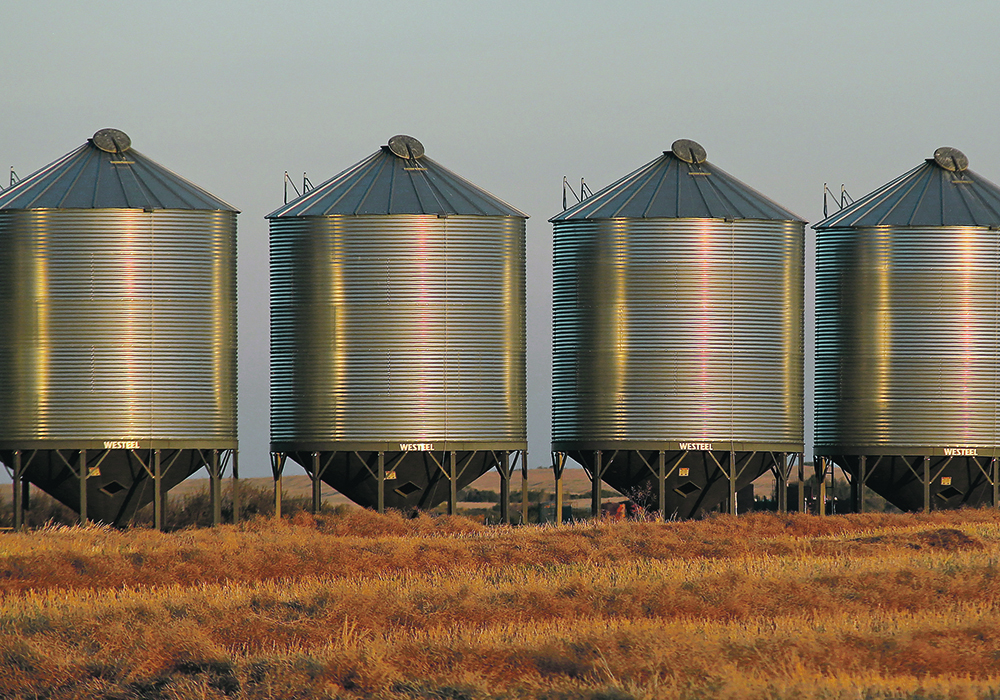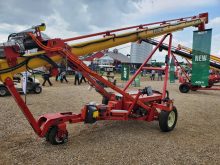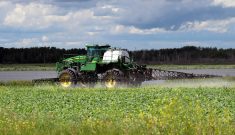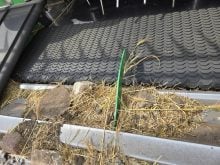Take a drive in the country in many parts of Western Canada and you’re likely to see some truly immense grain storage facilities, some with stairs spiraling around to the top of corrugated steel giants many metres tall.
Paul Brisebois, senior vice-president for Canada with grain storage and handling company AGI, says the trend to go big is being driven by farm expansion, either by land purchase or rentals.
Even if some land comes with 5,000-bushel bins on site, it may not be enough for large operators who want to bring the grain into a single hub.
Read Also
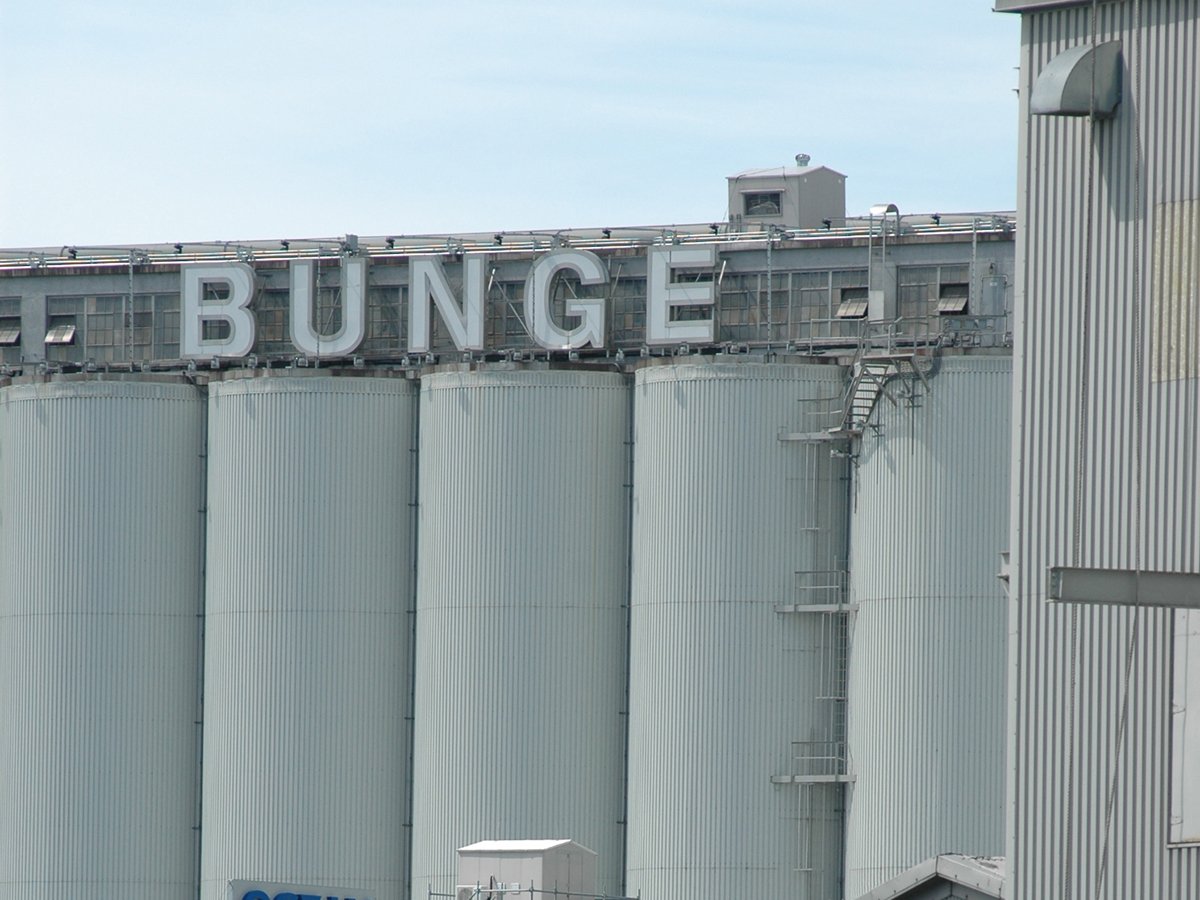
Bunge’s crop mix is changing
Bunge has predominantly been a soybean processing firm, but that’s about to change after the merger with Viterra with softseed processing and grain merchandising gaining ground.
“You just get bigger and bigger and you’re starting to get into hundreds of thousands of bushels of storage in those facilities,” he says.
“Some of these now are like commercial facilities in terms of the volume they can store.”
One of the trends Brisebois is seeing is a move away from hopper bottom bins toward larger, flat-bottomed structures. Ironically, hoppers came onto the market to save time and effort such as shovelling, but today the pinch point is moving the auger, which takes qualified manpower.
“It’s all about getting efficiencies on the farm,” Brisebois says.
“One of the other things, and the reason why you want larger bins and possibly a permanent handling system, is because of labour shortages on farm. It’s difficult to find people that are qualified, that are available, that will work in a rural setting.”
Augers are of course still part of the picture, but they have also grown to sizes that would be unheard of a generation ago. For example, Brisebois says sales of AGI’s 16-inch, 125-foot unit have been increasing every year.
As grain handling and storage equipment grows, so do the hazards, whether it be moving large equipment, protecting against falls or working safely around stored grain.
Brisebois says the company emphasizes training among their own staff and sponsors safety training elsewhere. Its grain rescue simulator, for example, is used by local fire and rescue personnel to get hands-on experience on extracting someone trapped in a grain bin.
“So in the event that somebody should get trapped in a bin — which you never want to be going into a bin in the first place — but in the event that that happens, we sponsor the training to be able to get out of that,” he says.
Contact michael.robin@producer.com

